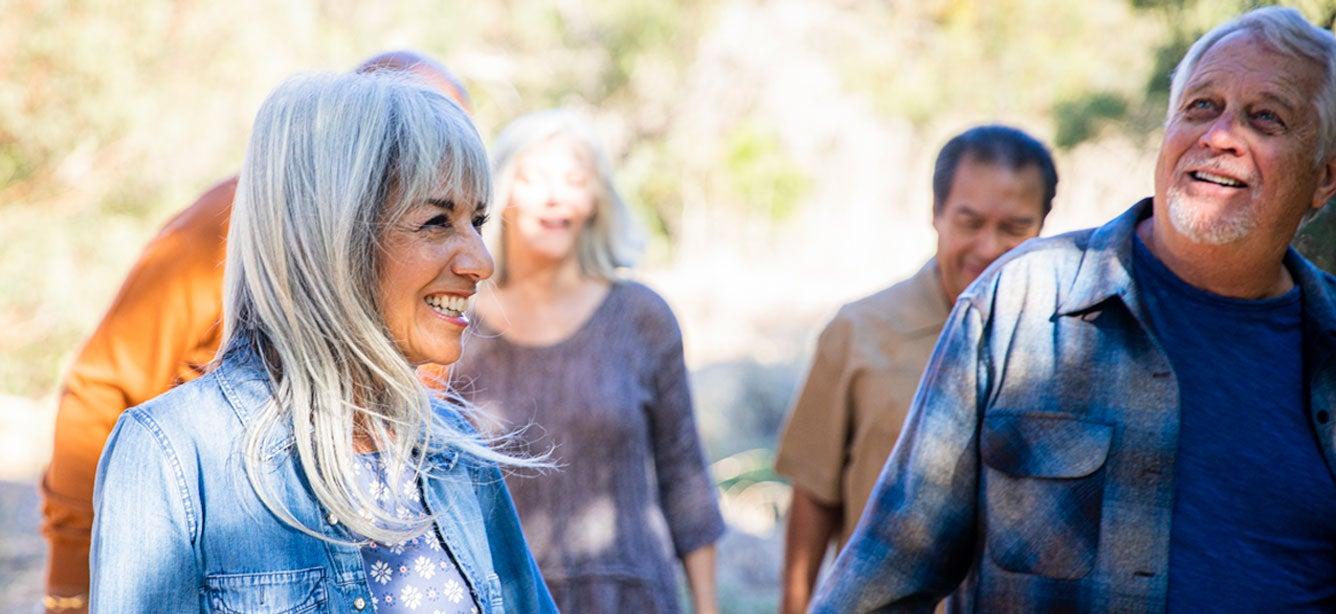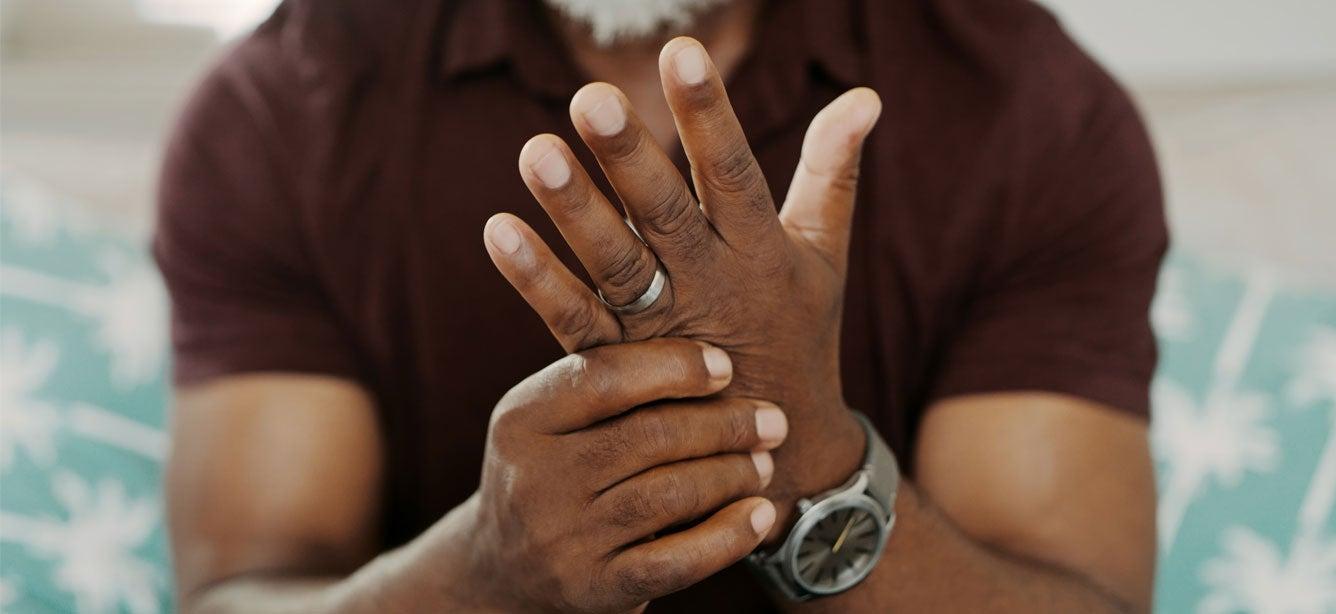Social Media Best Practices: How to Promote Your State Falls Prevention Coalition

Social media platforms, such as Facebook, Instagram, and Twitter, serve as a virtual space for people to have conversations, share thoughts to a broader group, and connect to other individuals and organizations. Social media has expanded to not only facilitate personal connections but to increase education and awareness about specific topics, including falls prevention for older adults.
Why it's important to consider social media when promoting your falls prevention awareness efforts
State Falls Prevention Coalitions and community-based organizations have leveraged social media platforms to promote the annual Falls Prevention Awareness Week activities, evidence-based falls prevention programs, engage and recruit participants for workshops, network with peers, and provide general facts and information about falls prevention. In addition to promoting falls prevention programming, social media platforms allow State Falls Prevention Coalitions and local partners the opportunity to enhance their presence and increase visibility to older adult participants and other professional partners.
While some organizations are hesitant to expand their consumer engagement into the digital world, many State Falls Prevention Coalitions and partners have actively engaged with older adults online and shared tips for organizations to get started.
6 ways to increase your online presence and raise visibility for others to discover your state coalition
1. Include actions steps in social media posts
Social media posts serve as a modality to spread education and awareness. When sharing information about falls prevention through social, remember to include ways for people to take action, such as having medications reviewed, making modifications to the home, or signing up for an evidence-based falls prevention class.
Example from the Falls Free CheckUp social media campaign (sample copy):
Stay injury-free! Did you know 1 in 4 older adults falls, leading to injury or event death. Learn steps to prevent falls with a 2-minute quiz.
Example from NCOA's Falls Free CheckUp promotion during #SeniorIndependenceMonth in 2023 (on NCOA's Twitter):
2. Use a graphic, animation, or video with each social media post to invite interaction
Select a complimentary image or video to accompany your message. Visuals play an essential role in increasing user engagement and website visits. Well-chosen visuals also help to convey the message even before people read the post.
Example from Falls Prevention Awareness Week 2022 (on NCOA's Instagram):
Posts using even simple animations can often get more views. For example: If the graphic was a visual of a list, the animation could feature checkmarks appearing next to items on the list. In addition, video clips (or b-roll) of older adults interacting in positive ways often get more views than a graphic or image alone.
Example from a recent vaccine clinic at a senior center in 2023 (on NCOA's Facebook)
3. Engage with posts from partners
One way to increase your online presence is by interacting with other organizations and their posts, ultimately encouraging people to interact with your content. Methods of engagement can include:
- Liking or reacting to a post
- Sharing the post with other organizations
- Asking your partners to share or retweet your post or tweet
- Tagging people or organizations
- Commenting on a post or replying to a comment
Example from Falls Prevention Awareness Week 2022 (on NCOA's Twitter):
Sharing partner or advocacy content can ensure you stay relevant, and will continue to strengthen existing partnerships and foster new partnerships with organizations that you never communicated with before.
4. Collaborate with partners
Partnering with local community coalitions, universities, and other community-based organizations can help augment your social media presence.
Example from Falls Prevention Awareness Week 2022 (on NCOA's Twitter):
Coordinate with these organizations on what message to share on a specific day and at a specific time to maximize the number of people who encounter your post.
5. Include stories and testimonials
Whether you’ve received feedback about how great an evidence-based workshop was or how someone modified their behavior to prevent falls, be sure to collect any positive comments and use them in social media posts.
Example from Falls Prevention Awareness Week 2022 (on NCOA's Instagram):
Stories and testimonials provide the opportunity for others to hear from their peers about their experience.
6. Be intentional about which social media platform to use
There are so many social media platforms with different users. It is important to identify platforms that are popular with your target population.
Facebook and YouTube are popular platforms among older adults, while Twitter and LinkedIn are often used by the media, advocates, and professionals. Instagram is a burgenoning platform that is highly engaging because it's primarily visual (image and video focused).
Using these general tips can help your State Falls Prevention Coalition begin engaging virtually to increase your online presence. The more you engage online, the more you will learn about various tactics that work best with your audience and community to increase awareness about older adult falls and prevention to keep them safe and protected.
This resource is made possible in part by grant number 90FPSG0051 from the U.S. Administration for Community Living, Department of Health and Human Services, Washington, D.C. 20201. Grantees undertaking projects under government sponsorship are encouraged to express freely their findings and conclusions. Points of view or opinions do not, therefore, necessarily represent official Administration for Community Living policy.




